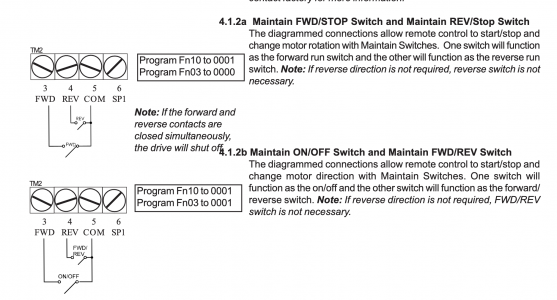I notice the lack of variator dial - did you remove the variator, and if so, can you give some detail on how that was done and if there's any torque penalty at low speeds?
By the way, I had the same issue with my South Bend/VFD - the VFD input for forward was latching, but not reverse; I never did overcome that.
Paul
Hey Paul thanks for your interest. The variator was already removed prior to when I bought the lathe, and a prior owner had attached a VFD to the headstock with a bracket. However, the general solution appears to be to remove the variator, move the output pulley from the variator over to the motor, and mount the motor where the variator used to live (on the isolated platform)
My post about repairing the headstock oil leaks on my machine has at least one picture that shows this
https://www.hobby-machinist.com/thr...-colchester-chipmaster-harrison-10-aa.104393/
Is there anything specific you want pictures or information on? I'm happy to gather what information I can
As for the VFD - yeah it seems in general that most VFDs expect the latching to be external, the manual for the individual VFD is an invaluable resource. On this VFD (which came with the lathe but I found the manual online), it had options for sustained (externally latched) fwd and rev run inputs; another option for sustained (externally latched) fwd/rev and on/off inputs; and a 3rd option for self-latching (external momentary inputs) start/stop in combination with externally-sustained reversing input
That last one is best for a setup that wouldn't require additional relay logic -- you can set that one up with two momentary pushbutton switches (one NC, one NO), and a SPST toggle switch for fwd/reverse. If you have not already looked into this, I think these options are pretty typical and the manual for your VFD would reveal the specifics. Below are screenshots from the manual for this VFD, for example.
In the case of my Chipmaster, I wanted to implement the VFD inputs using the original lathe's eletromechanical controls so I opted for the first option 4.1.2a -- where the original motor-run contactors (fwd and rev) just closed the path to the terminal 3 and 4 inputs, each fed from the terminal 5 "common"





